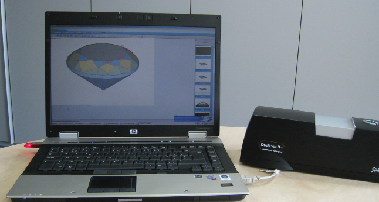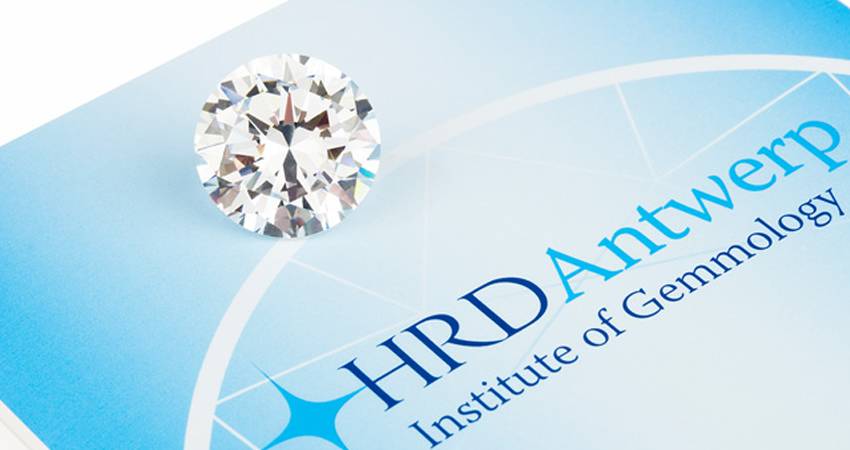Cut is one of the most important standards in determining a diamond's value, as it reflects how the facets interact with light. Transforming a rough diamond into a finished gem involves intricate processes, exceptional craftsmanship, and meticulous polishing—only then can a diamond’s unique brilliance be fully revealed. This is why professionals refer to it as:
Brightness: The white light reflected from both the internal and external surfaces of the diamond.
Fire: The dispersion of white light into a rainbow of spectral colors.
Scintillation: The sparkle a diamond produces, along with the pattern of light and dark areas caused by reflections within the stone.
Cut is critical to both the appearance and value of a diamond. Among the 4Cs, it is the most complex and technically demanding to assess. Cut grading includes three components—Cut, Polish, and Symmetry—each evaluated on a scale of four to five levels: Excellent (EX), Very Good (VG), Good, Fair, and Poor.
When a diamond receives an Excellent grade in all three categories—Cut, Polish, and Symmetry—it is known as a Triple Excellent (3EX) diamond, representing the highest standard of cut quality.
What exactly do Cut, Polish, and Symmetry each refer to?
Cut refers to the proportions between the different facets of a diamond. It’s much like the body of a model—being tall alone isn’t enough; true beauty lies in the harmonious balance of all body parts, achieving a golden ratio that highlights physical elegance. Polish describes the surface condition of the diamond after cutting, including any marks or abrasions. Just like flawless skin enhances a person’s beauty, a diamond’s surface should be smooth and free of blemishes. Symmetry, as the term implies, refers to the precision of the diamond’s geometric shape after cutting. It evaluates how well the facets are aligned and balanced in relation to one another.
But is it always necessary to pursue a 3EX diamond when buying? First, let's take a closer look at how diamond cut grading is determined.
Over a decade ago, diamond cut grading was based on the trained eye and extensive experience of gemologists. However, things have changed. With the advancement of computer technology, the task of grading diamond cuts is now largely performed by computers, making the evaluation process much more precise and consistent.
When a diamond is placed into a 3D scanner, the computer analyzes the scan data according to established cut grading standards to produce a grade. Thanks to advances in computing power and scanning accuracy, cut grading has become increasingly precise.
From another perspective, this means that although diamonds of different cut grades can vary greatly in price, their numerical scores and visual appearance may actually be very similar. In fact, before 2006, the diamond market did not even have an Excellent (EX) cut grade—the highest grade at that time was Very Good (VG).
With technological advancements, the standards were raised, and the Triple Excellent (3EX) grade was established as the highest benchmark. In short, while 3EX diamonds represent the very best quality, diamonds that are not 3EX are not necessarily inferior.

Comparison chart of diamond cuts under normal visual conditions

Comparison of the appearance of three diamond cut grades under a cut grading scope
When it comes to cut, many people might wonder, "What exactly is ‘Hearts and Arrows’?" In much commercial advertising, “Hearts and Arrows” is often highlighted as a major selling point. But is it really that unique? In fact, as long as the cut is not poor, almost every diamond will display the Hearts and Arrows pattern. For example, in the image below, diamonds with Excellent (EX), Very Good (VG), and Good cut grades all show the Hearts and Arrows pattern clearly. However, at the Good level, the pattern starts to look a bit distorted.
What exactly does cut shape refer to?
Cut shape simply refers to the geometric form in which a diamond is cut. There are many different shapes available on the market, but the most common is the round cut (also called Round or Solitaire), which accounts for about 80% of the market. The princess cut is the second most popular shape. Other common shapes include marquise, cushion, emerald, asscher, heart, pear, radiant, and oval cuts, among others.
Every woman has her own unique body features, which means each has distinct hand and finger shapes. Just as not every piece of clothing suits every body type, not every diamond shape complements every hand or finger shape. Each hand shape pairs best with certain diamond cut shapes.
Among all the cut shapes mentioned above, the round cut is probably the most versatile, adapting well to a wide variety of hand shapes. This versatility is likely a key reason for its popularity. The 57-facet round brilliant cut is considered the most perfect shape and has been continuously refined over the past century.
Cushion-cut diamonds share similar qualities with round cuts, but their suitability largely depends on the size of the stone itself.
If you have any questions about diamonds, please feel free to contact us via email or WeChat—we will be happy to assist you as soon as possible.





